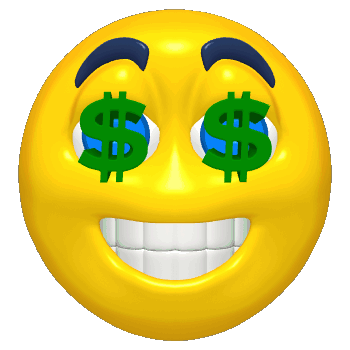The dollar sign ($) has a fascinating history, and there are a few different theories about its origins. The most widely accepted theory is that it evolved from the Spanish peso (₱), but let's break it down further.
1. The Spanish Peso Theory (Most Popular)
In the 18th century, Spanish pesos (also called "pieces of eight") were widely used in the American colonies.
The peso was abbreviated as "ps" (plural: pesos).
Over time, when people wrote "ps" quickly, the letters merged, with the P eventually simplifying into a vertical stroke over the S, forming $.
This became common among English-speaking merchants and eventually replaced the British pound (£) in North America.
2. The U.S. Currency Connection
After the American Revolution, the U.S. needed its own currency and chose to base it on the Spanish dollar because it was widely accepted.
The United States officially adopted the "$" sign for its new currency in the late 1700s.
Even though Spain had its own peso sign (₱), the U.S. dollar symbol evolved separately, keeping the S shape.
3. The Pillars of Hercules Theory
Some historians believe the $ symbol comes from the Spanish coat of arms.
Spain’s coat of arms featured the Pillars of Hercules (two vertical columns) with a banner wrapped around them.
These columns were often depicted on Spanish coins, and some believe this symbol evolved into the $, with the pillars becoming the vertical strokes.
4. The Shorthand Theory
In early American accounting, merchants often used "U" over "S" to abbreviate "United States."
Over time, the bottom of the "U" disappeared, leaving an "S" with two vertical lines—similar to the dollar sign.
Why Does the Dollar Sign Sometimes Have One or Two Lines?
The original Spanish peso sign (₱) had two vertical lines.
As writing styles evolved, many people started using just one vertical stroke to make it faster to write.
Today, both versions are used, but the single-stroke "$" is more common in modern typography.
Final Fun Fact
The dollar sign was originally used for many currencies, not just the U.S. dollar! Many Latin American countries used pesos and still use the "$" symbol today (e.g., Mexican peso, Argentine peso).
So, the $ is not just a random "S"—it's a symbol with deep historical roots!
Source: Some or all of the content was generated using an AI language model


No comments:
Post a Comment